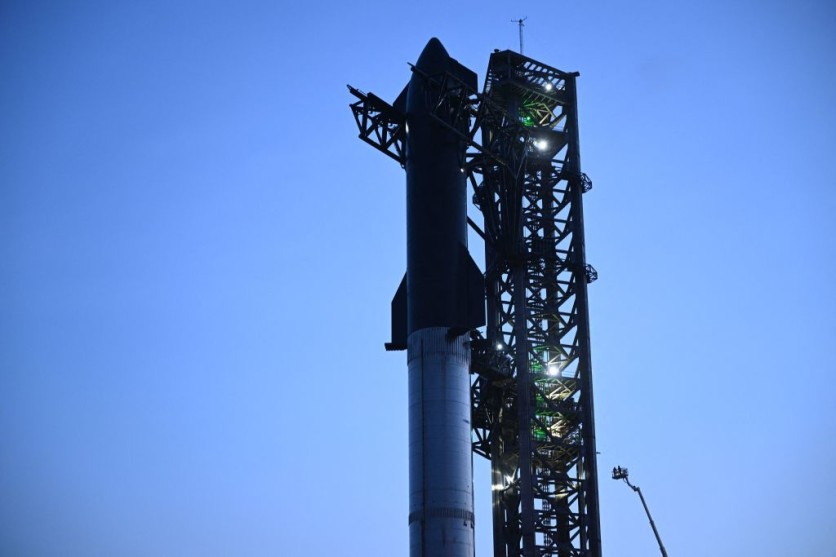A frame-by-frame SpaceX Starship analysis has been conducted by a team of Chinese scientists.

Does this mean that China is trying to copy the largest and most powerful rocket? On Apr. 20, SpaceX conducted its first-ever Starship test flight.
Unfortunately, it wasn't successful since the spacecraft consumed itself in an orange and white fireball.
Time Magazine reported that the accident happened 40 minutes after Starship blasted off from the Gulf of Mexico.
Now, the Beijing Aerospace System Engineering Institute decided to analyze the rocket and the recent incident it experienced.
Frame-by-Frame SpaceX Starship Analysis
According to Interesting Engineering's latest report, the team of Chinese scientists released their frame-by-frame Starship analysis on Apr. 27.

They published their observation via their official WeChat social media account. In their detailed analysis, they explained how the previous Starship accident could have been prevented.
Based on their analysis, SpaceX Starship's throttling process continued as programmed even after its engines lost thrust.
They explained that SpaceX should have used the smart thrust vector control system to correct the spacecraft's trajectory.
Chinese researchers further stated that the swiveling engines of Starship only needed to swivel one degree to compensate for the loss of its eight engines.
"This is because the swiveling engines have a much greater moment arm than the fixed engines that produce disturbance forces," they added.
Will China Copy Starship?
After the Beijing Aerospace System Engineering Institute released its Starship analysis, the agency confirmed that it would also conduct its own space launch.
As of writing, the SpaceX rival is designing Long March rockets, which are quite similar to the advanced Starship rocket.
Specifically, the spacecraft model that has a very similar design to SpaceX's starship is the Long March 9, which has a two-stage reusable launch system.
You can click this link to learn more about this Starship-like Chinese spacecraft.
In other news, SpaceX veterans are now working on a new moon water-powered spacecraft. We also reported about the new Starship launch logo, which Elon Musk previously teased.
For more news updates about SpaceX's Starship and other advanced rockets, always keep your tabs open here at TechTimes.
Read also: SpaceX Starship Launch: FAA Faces Lawsuit from Environmental Groups for Polluting the Nearby Areas

ⓒ 2025 TECHTIMES.com All rights reserved. Do not reproduce without permission.




